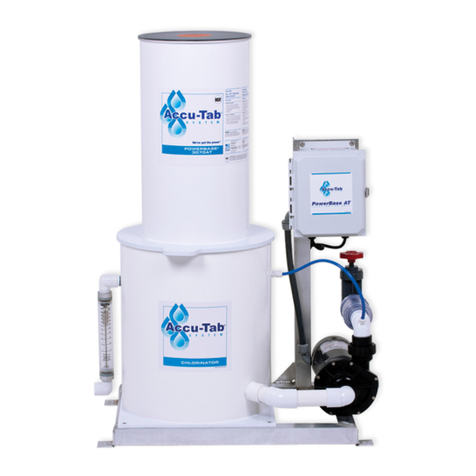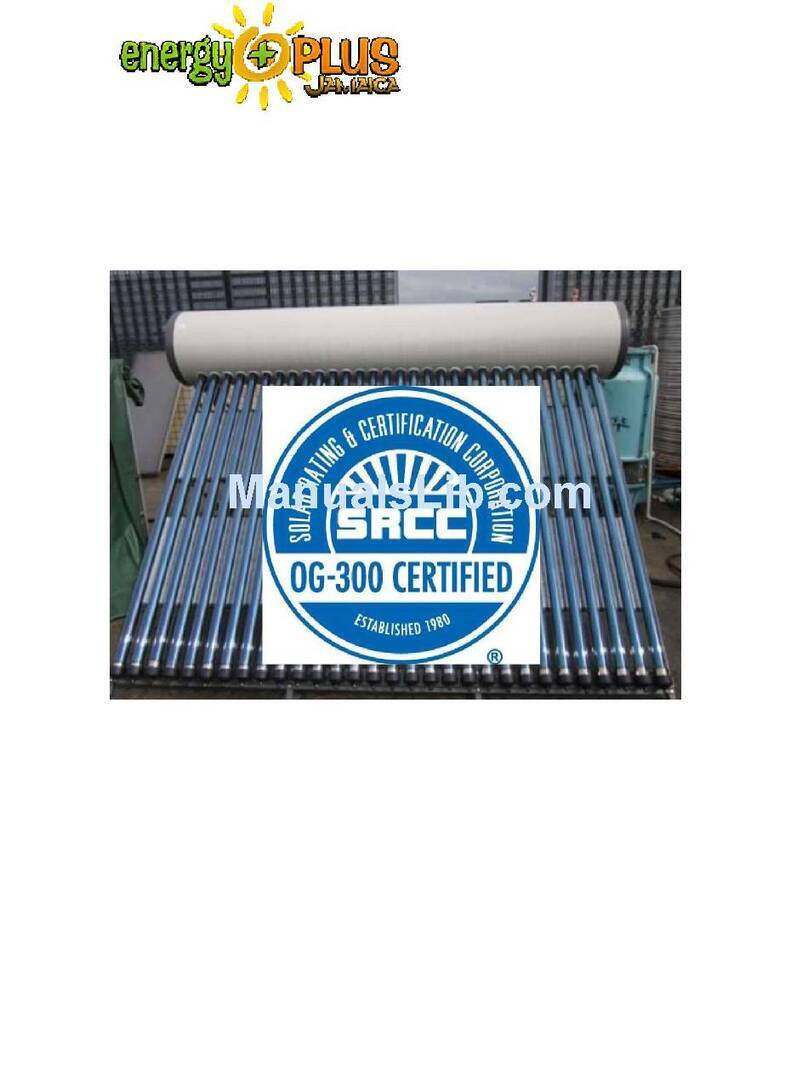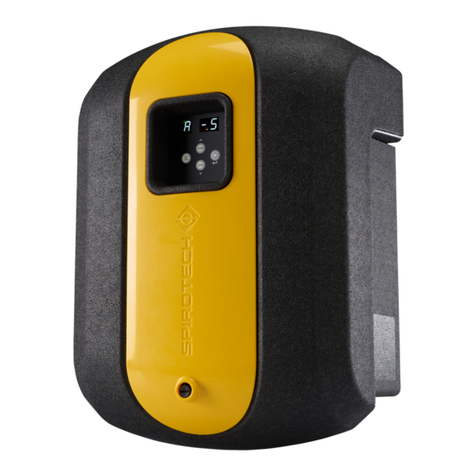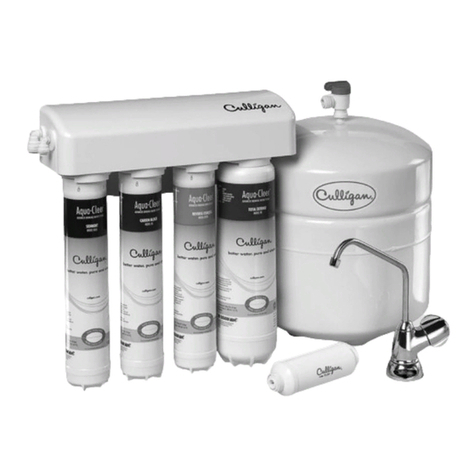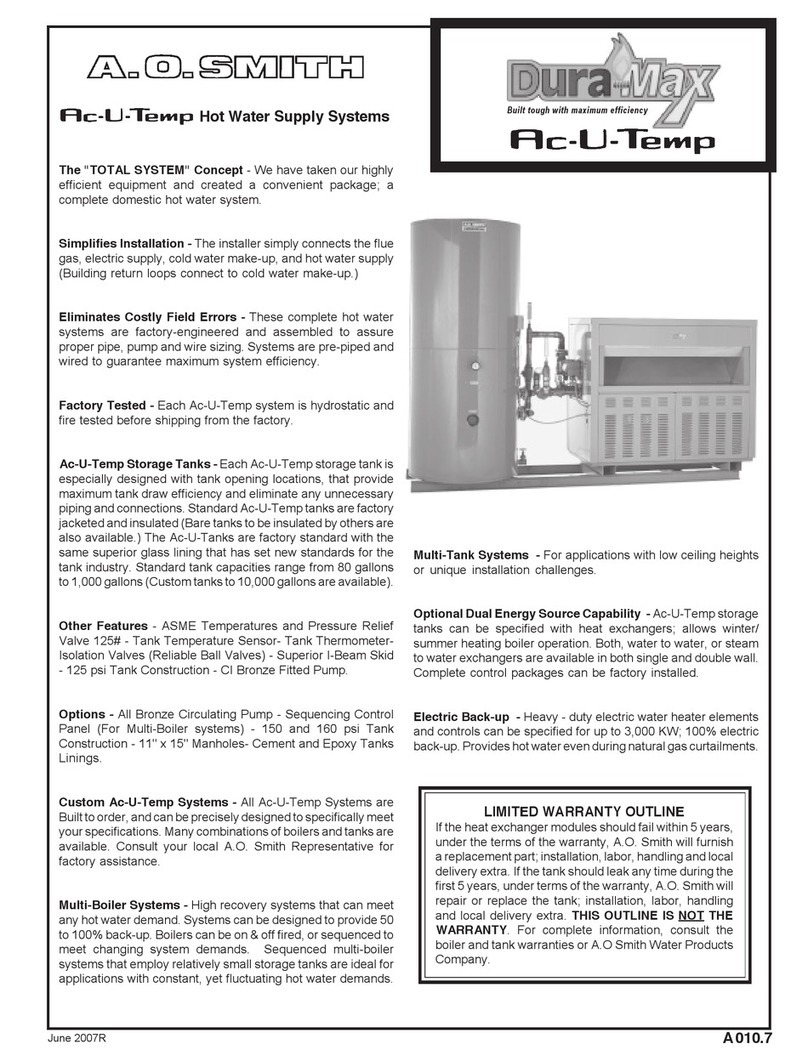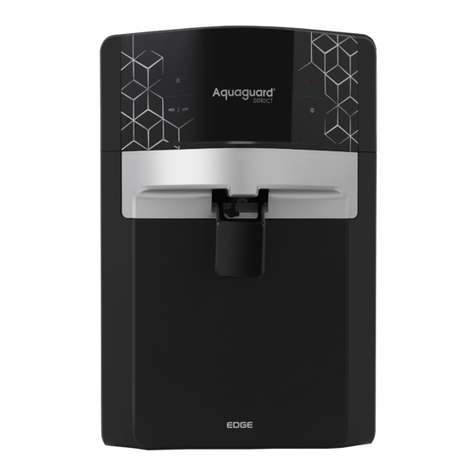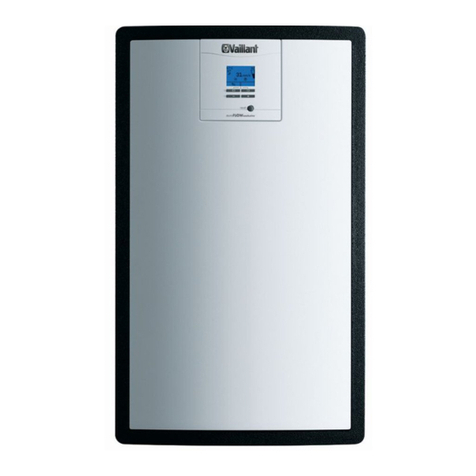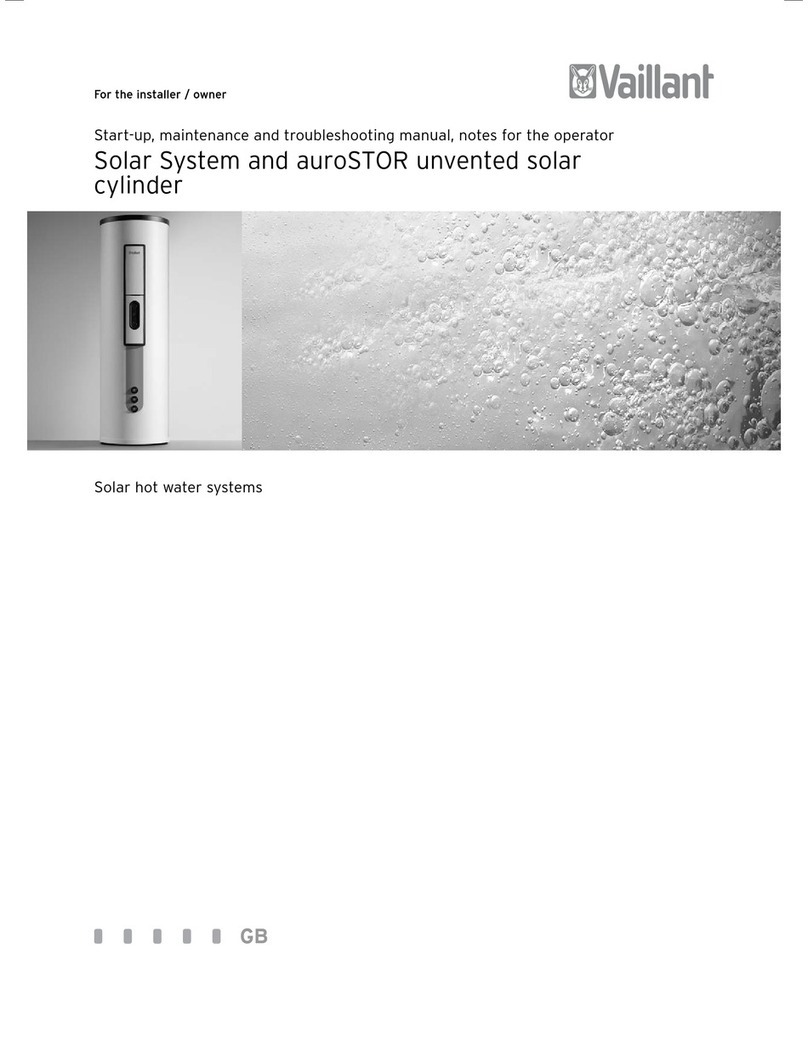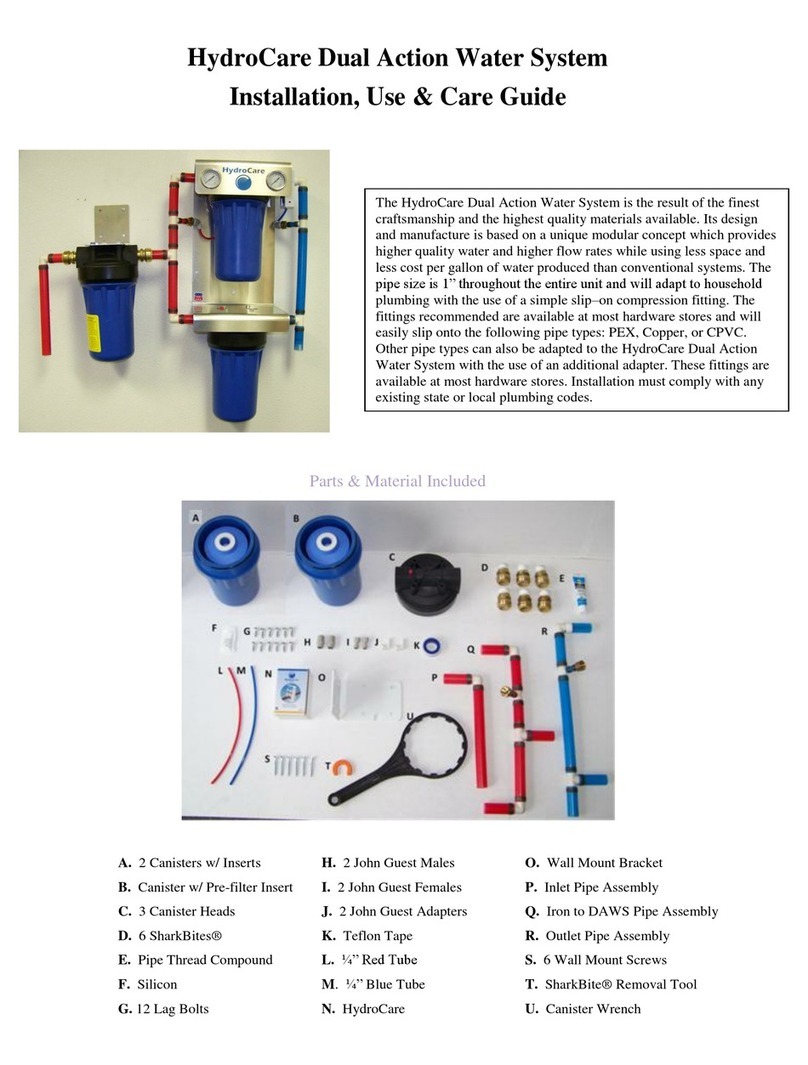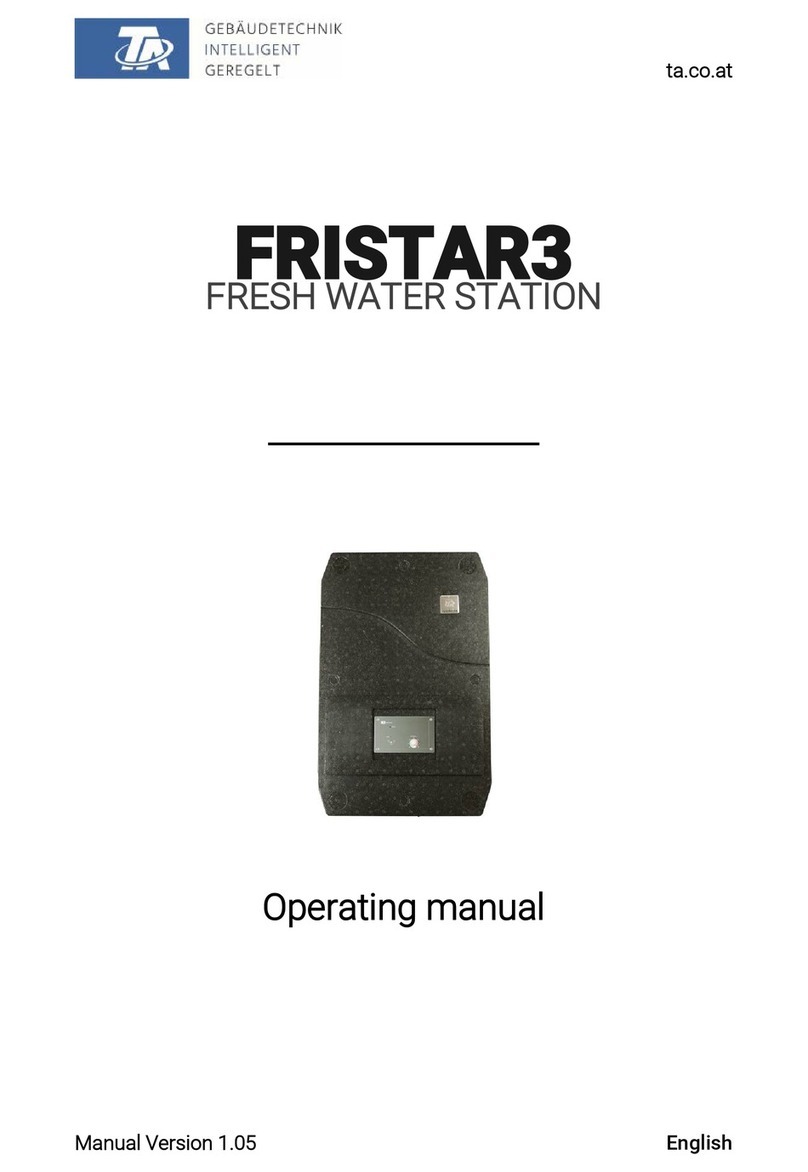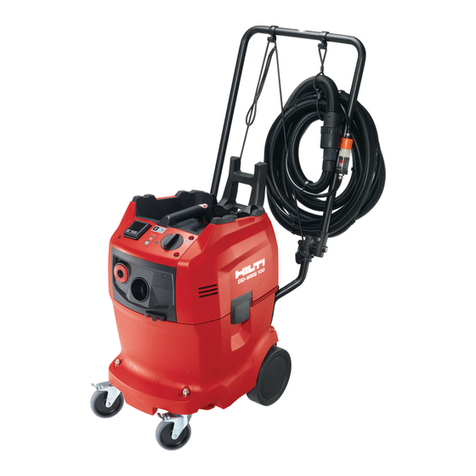
Contents
Manual - Solar hot water systems 0020009607_022
Contents
1 Notes on the documentation.............................. 3
1.1 Storage of documents..................................................3
2 Overview of standards, safety instructions..... 3
2.1 Overview of EU standards...........................................3
2.2 Regulations in Great Britain ...................................... 4
2.2.1 Technical Guidance ...................................................... 4
2.2.2 Related documents...................................................... 4
2.2.3 Regulations for the prevention of accidents......... 4
2.3 Safety instructions........................................................5
3 System description.............................................. 6
3.1 Intended use...................................................................6
3.2 Design and function of the solar system ................6
4 Description of the components..........................8
4.1 Collectors ....................................................................... 8
4.1.1 auroTHERM exclusive tube collector ...................... 8
4.1.2 VFK flat collector ........................................................ 12
4.1.3 Disposal ......................................................................... 13
4.2 Solar pump unit........................................................... 13
4.2.1 Design ............................................................................ 13
4.2.2 Water control pack...................................................... 13
4.2.3 Solar expansion vessel............................................... 13
4.2.4 Protection vessel......................................................... 13
4.3 Solar pump.................................................................... 14
4.4 Thermal cut out of the solar pump ........................ 14
4.5 Flow rate meter ........................................................... 14
4.6 Solar fluid...................................................................... 14
4.6.1 Properties of the solar fluid ..................................... 14
4.6.2 Protection of the solar circuit against frost
and corrosion ............................................................... 15
4.6.3 Frost protection of the bivalent solar cylinder .... 15
4.6.4 Safety data sheet........................................................ 16
4.7 auroSTOR solar cylinder............................................ 18
4.8 Solar control................................................................. 18
5 Installation...........................................................19
5.1 Installation of the solar cylinder .............................27
5.1.1 Description of the solar cylinder.............................27
5.1.2 Technical data of the auroSTOR solar cylinder .. 29
5.1.3 Intended use................................................................. 31
5.1.4 Data badge.................................................................... 31
5.1.5 Safety devices.............................................................. 31
5.1.6 Safety instructions and regulations ....................... 31
5.1.7 Scope of delivery......................................................... 31
5.1.8 Requirements of the installation site..................... 31
5.1.9 Transport...................................................................... 32
5.1.10 Dimensions .................................................................. 33
5.2 Functional diagram .................................................... 34
5.3 Installation of the solar circuit piping................... 35
5.3.1 General instructions .................................................. 35
5.3.2 Material......................................................................... 35
5.3.3 Laying of the solar circuit pipes............................. 35
5.3.4 Connection of the collectors to the
solar pump unit........................................................... 35
5.3.5 Bleeding of the solar circuit .................................... 36
5.4 Installation of the reheating circuit piping .......... 36
5.5 Installation of the hot water pipework.................. 36
5.5.1 Hot water thermostatic mixing valve.................... 36
5.6 Installation of the cold water supply pipework....37
5.6.1 Mains water supply pressure....................................37
5.6.2 Cold water piping ........................................................37
5.6.3 Drain valve ................................................................... 38
5.7 Discharge pipework ................................................... 38
5.7.1 Discharge pipework ................................................... 38
5.7.2 High level termination............................................... 39
5.8 Electrical installation.................................................40
5.8.1 Immersion heater.......................................................40
5.8.2 Electrical connection to the
cylinder control device............................................... 41
5.8.3 Combination options of the
control components.................................................... 41
6 Start-up...............................................................56
6.1 Flushing and filling the solar circuit......................56
6.2 Setting the flow rate and pump.............................. 57
6.3 Programming the flow rate on the controller.....58
6.4 Filling the hot water secondary circuit.................58
6.5 Setting the hot water
thermostatic mixing valve....................................... 58
6.6 Filling the reheating circuit...................................... 59
6.7 Starting up the boiler................................................ 59
6.8 Start-up protocol........................................................60
6.9 Handing over the system to the owner................60
7 Inspection and maintenance ............................60
8 Troubleshooting..................................................62
9 Notes for the owner...........................................65
9.1 General notes..............................................................65
9.2 Operation of the solar system ................................65
9.3 Operation of the solar cylinder...............................65
9.3.1 Setting the standby temperature of the
cylinder.........................................................................65
9.3.2 Switching off the solar cylinder..............................66
9.4 Frost protection ..........................................................66
9.4.1 Frost protection of the solar system.....................66
9.4.2 Frost protection of the solar cylinder ...................66
9.5 Care ...............................................................................66
9.5.1 Care of the collectors................................................66
9.5.2 Care of the solar cylinder ........................................66
9.6 Maintenance ................................................................66
9.6.1 Maintenance of the solar system ...........................66
9.6.2 Maintenance of the solar cylinder .........................66
9.7 What should be done if ............................................ 67
10 Customer service and
manufacturer's warranty ..................................67
10.1 Vaillant service............................................................ 67
10.2 Vaillant warranty ........................................................ 67
11 Start-up protocol ...............................................68
